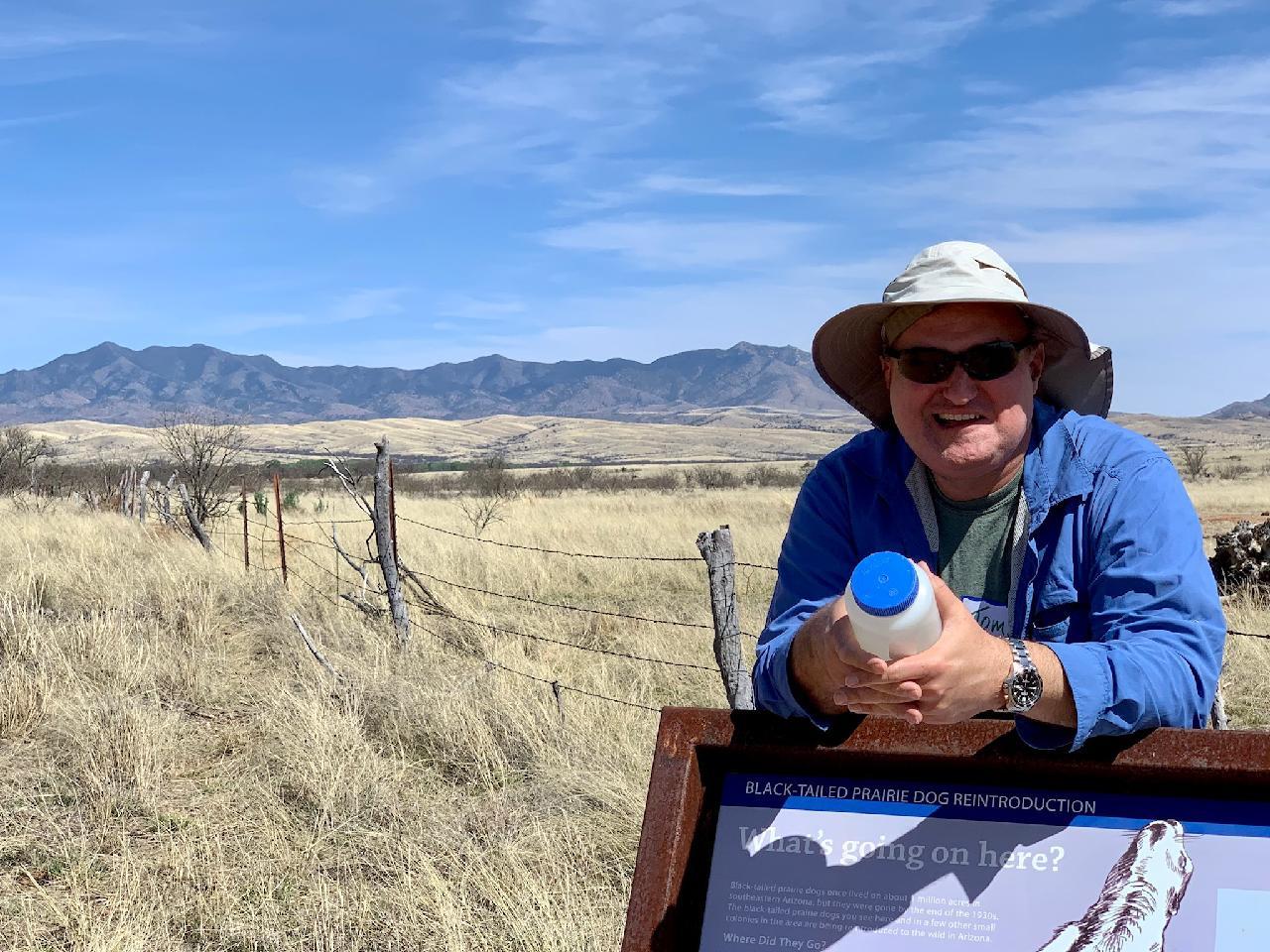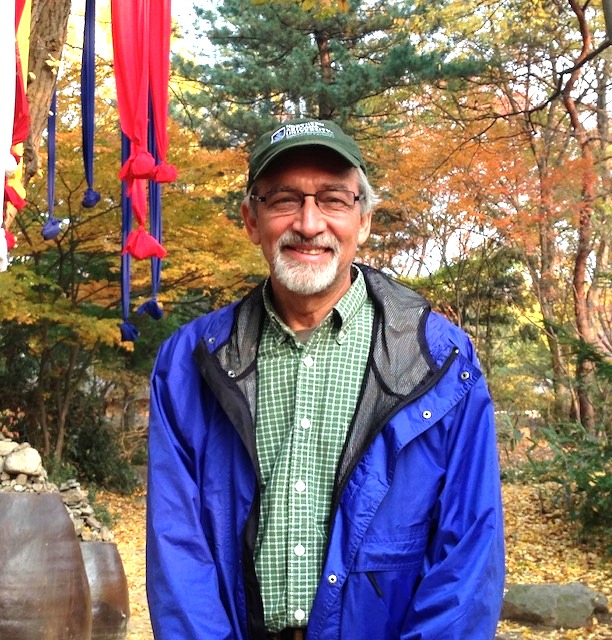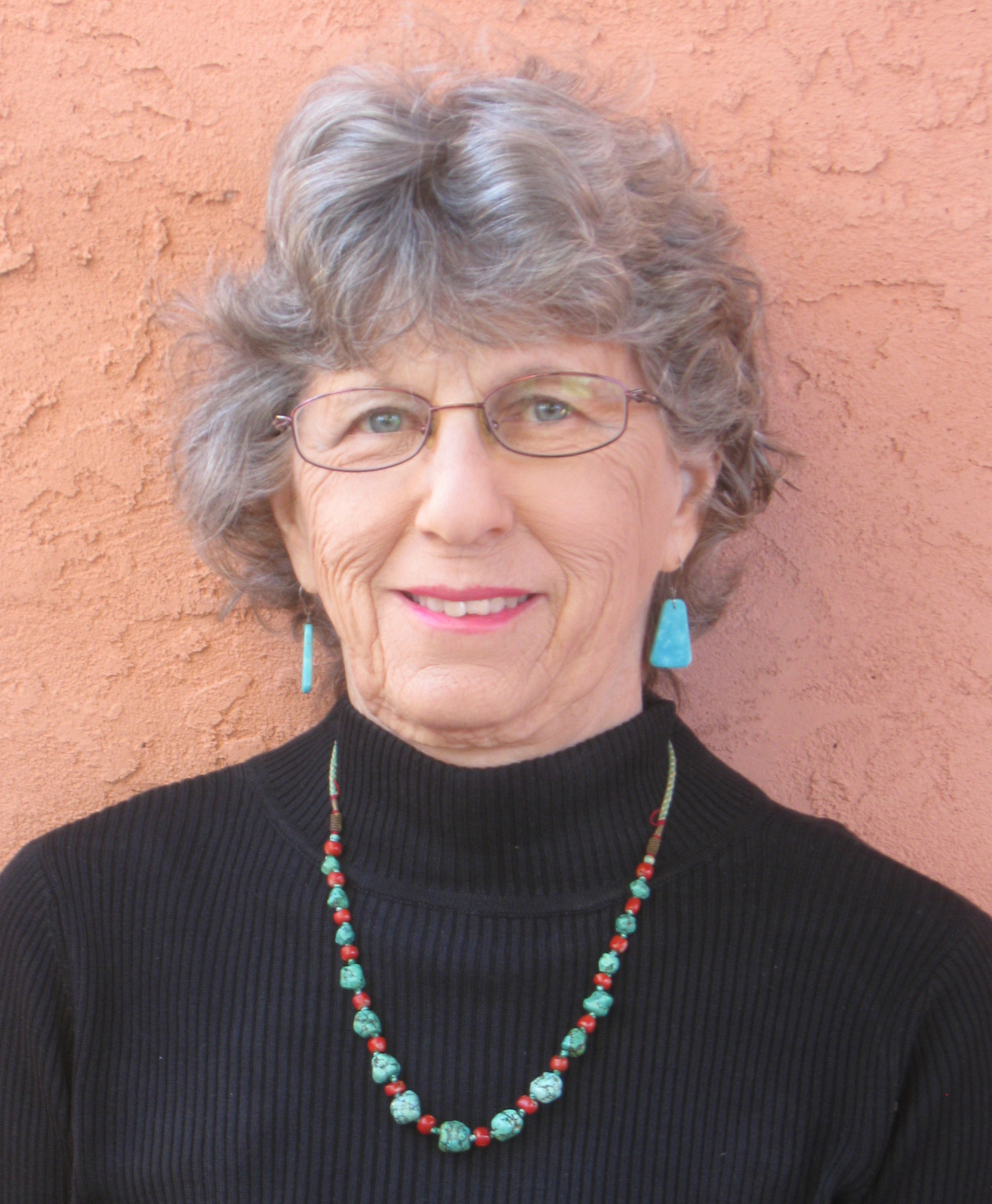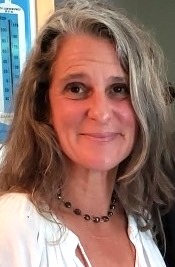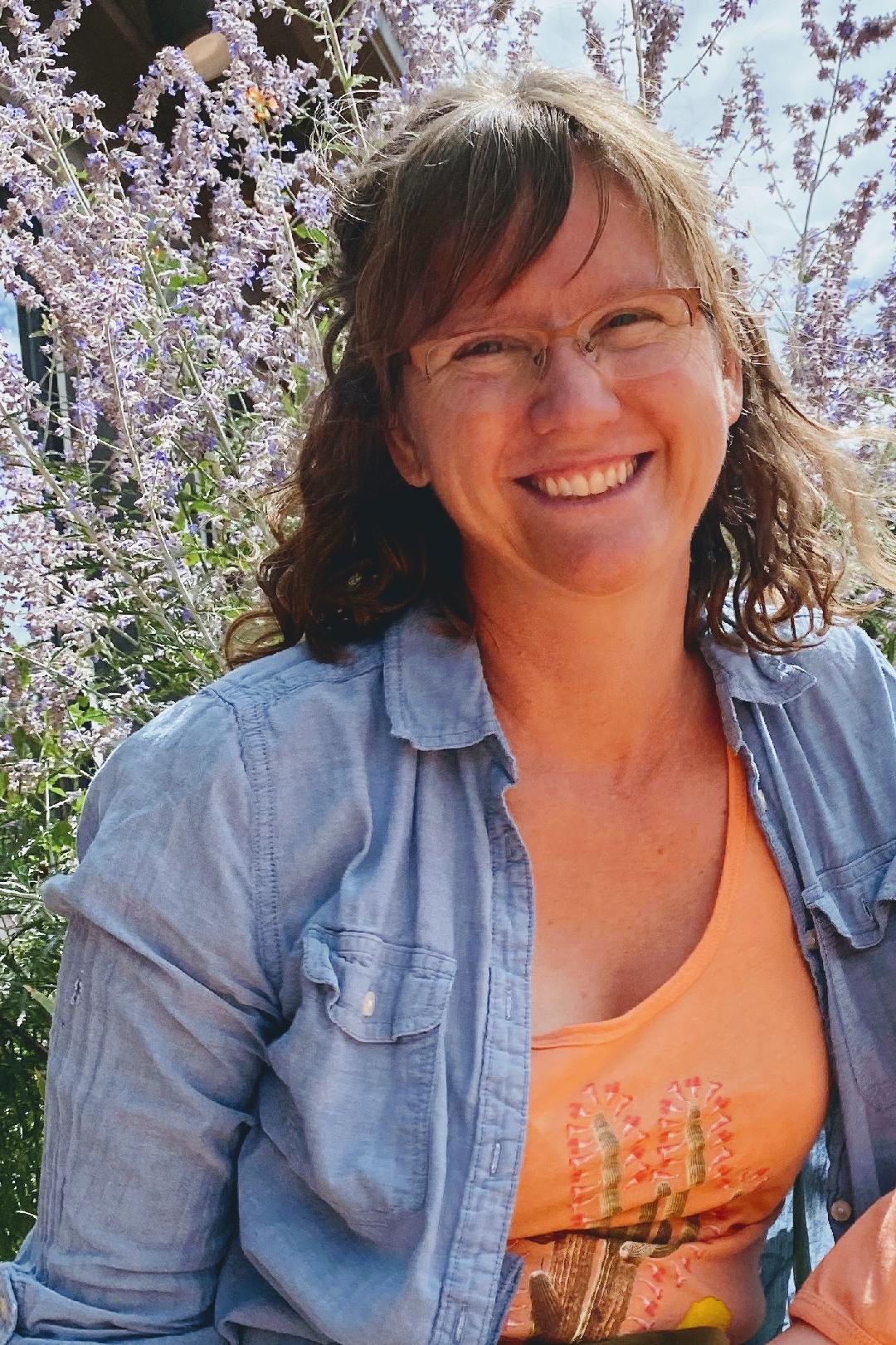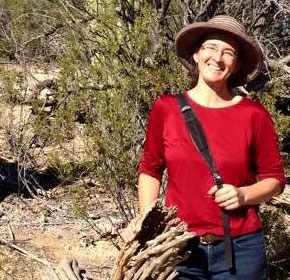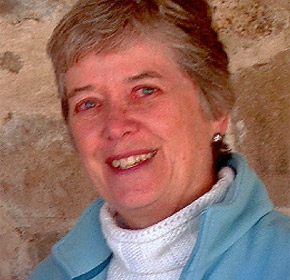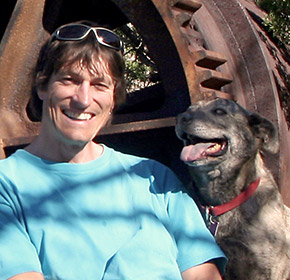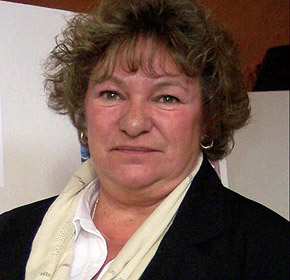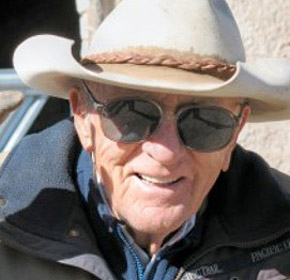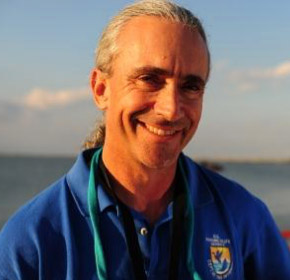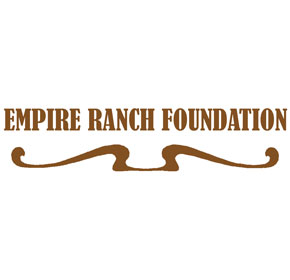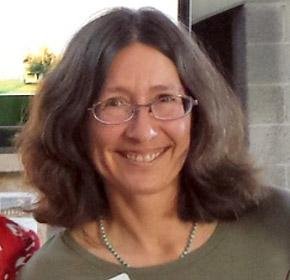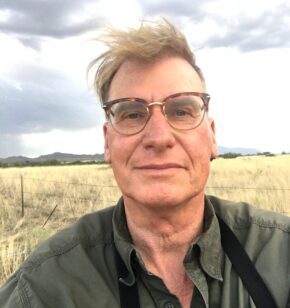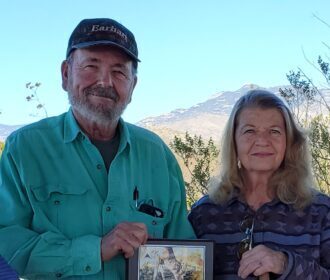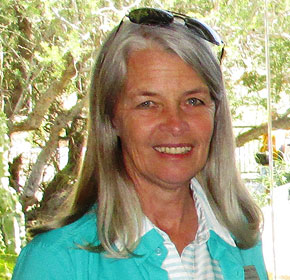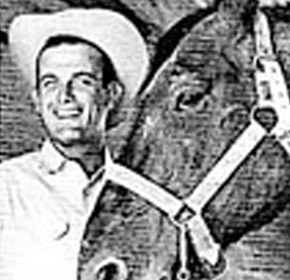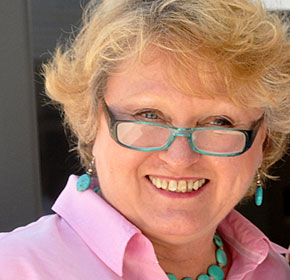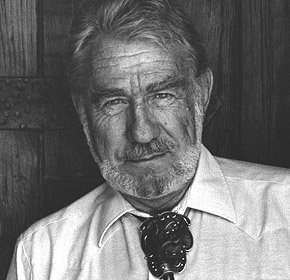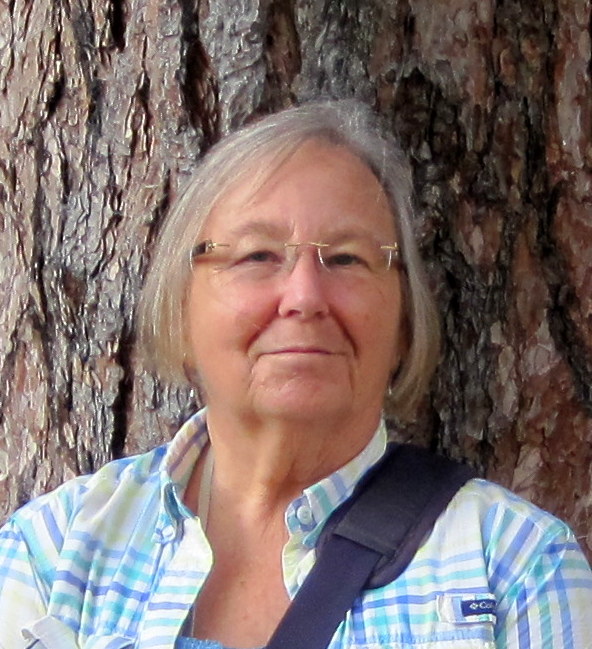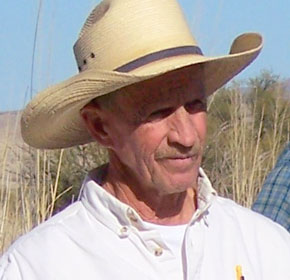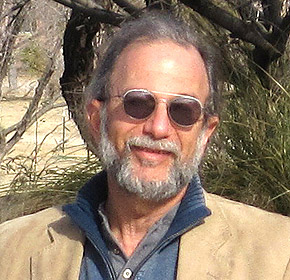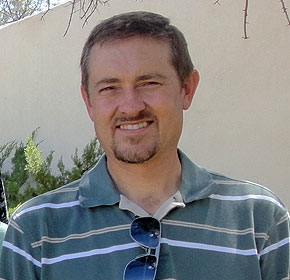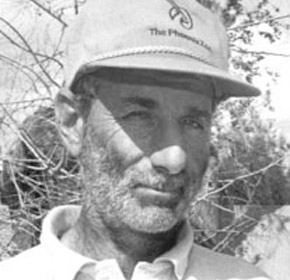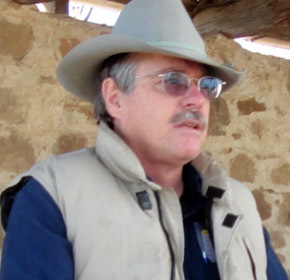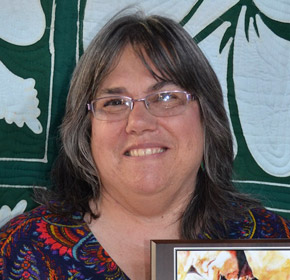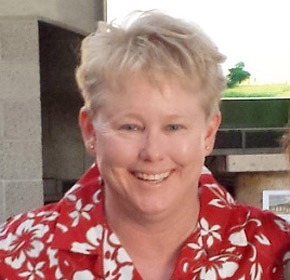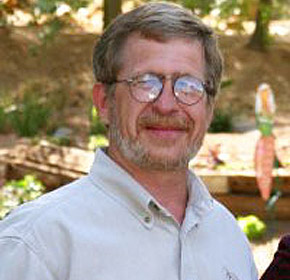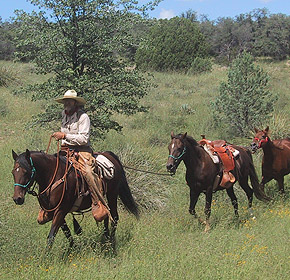Every year at the Cienega Watershed Partnership Annual Meeting, CWP honors those who have contributed significantly over time in advancing the mission of the CWP, its public forums, and the Cienega Watershed. The service must be extraordinary both in time and diversity and it must be significant and long term. Nominate someone for the Wall of Honor.
2023 Wall of Honor Inductees
Tom Meixner was a passionate engine of wisdom for the Watershed. His boundless energy, expertise, and leadership kept CWP going and pushed it further in directions that it needed to go. He touched every facet of the organization from ensuring that CWP participated in fundraising programs like Giving Tuesday to continuing CWP’s Wall of Honor to recognize contributions to the watershed.
View Full Bio
For over a decade, Larry has made a difference in the Cienega Watershed and in how sustainability of important desert ecosystems can be approached for longer-term adaptive management using a collaborative framework.
View Full Bio
Gayle has worked tirelessly to preserve the Santa Rita Mountains for over 20 years through the Save the Scenic Santa Ritas (SSSR) organization.
View Full Bio
Chris ‘s major contribution to the Cienega Watershed has been her long-term efforts in youth leadership and environmental education programs, most notably how to effect restoration of desert habitats through youth efforts.
View Full Bio
We have been enriched through Mead’s skills and inspiration which positively impacts her neighborhood, Tucson, and local watersheds.
View Full Bio
Meet the past Cienega Watershed Partnership inductees onto the Wall of Honor:
Gita Bodner has contributed as scientist, translator, youth mentor, collaborator, and partner—making positive impacts to programs, partners, and resources within the Cienega Watershed.
View Full Bio
Alison Bunting has applied her professional skills and personal interests in developing programs which now define the Cienega Watershed Partnership’s (CWP) heritage mission.
View Full Bio
Dennis Caldwell has a passion for natural history in general and frogs and other herpetofauna in particular, which has led to significant contributions to on-the-ground scientific investigations, educational outreach activities, and restoration actions.
View Full Bio
Resident and landowner along Davidson Canyon and actively involved in the barrel racing and horse training world for many years, Charlotte Cook is familiar with the concerns of ranchers as well as environmentalists.
View Full Bio
1920-2009
Born in Philadelphia, 13-year-old John Donaldson first came to Tucson to attend the Arizona Desert School, a ranch school for boys.
View Full Bio
For over 20 years, Doug Duncan has contributed to the Cienega Watershed, the Las Cienegas National Conservation Area, (LCNCA) and to the Cienega Watershed Partnership (CWP).
View Full Bio
Through their Southeastern Arizona Grasslands Pronghorn Initiative, the Arizona Antelope Foundation (AAF) has significantly contributed to the stewardship of native wildlife on the Cienega Watershed.
View Full Bio
In 1997, private citizens formed the Empire Ranch Foundation with the mission to protect, restore, and sustain the Empire Ranch historical buildings and landscape as an outstanding western heritage education center.
View Full Bio
Julia Fonseca has been with Pima County since the mid-1980s and soon became the first manager of the Cienega Creek Natural Preserve, where she undertook a lengthy nomination and designation process for Cienega Creek to be named an ADEQ Unique Water of Arizona, the state’s highest level of surface water quality protection.
View Full Bio
Dave Hall is a committed field scientist who has spent years in the Cienega Watershed and neighboring areas engaged in the study of amphibians, especially the Chiricahua Leopard Frog.
View Full Bio
For decades, Neal and Diane Hanna have shared their great knowledge of the area and provided care to the resources of the Cienega Creek Natural Preserve.
View Full Bio
Linda Kennedy has supported good, applicable science, ensuring that young scientists receive the support and mentoring to initiate research.
View Full Bio
1925-2011
Rancher, environmentalist, and large-than-life figure, Jake Kittle knew everybody and everybody knew him.
View Full Bio
JJ Lamb is a community advocate, founder, practicing historic preservationist, educator, and always a visionary for the future of Vail, Arizona.
View Full Bio
1927-2007
Born and raised in eastern South Dakota, Joe Maierhauser volunteered to serve in the Navy during World War II right out of high school.
View Full Bio
Martie Maierhauser has contributed to the success of the Cienega Watershed Partnership (CWP) since its inception and for the many years since. She is a founding member of the 4Cs and the CWP and the only Board Chair that CWP has elected.
View Full Bio
Shela’s vision, energy, and love of the watershed make everything possible. She is a master of collaboration, considering individual or organizational differences, yet keeping us focused on and moving towards the end goal.
View Full Bio
Dan Robinett has worked with ranchers and land managers as a trusted expert to find acceptable grazing plans that are sustainable and economically viable for ranchers.
View Full Bio
1955-2020
Phil Rosen was tireless in his efforts to understand and protect the ecological values of the Cienega watershed for years. He worked with Pima County on developing aquatic vertebrate conservation approaches for the Sonoran Desert Conservation Plan, and documented Sonoran desert tortoise status in the Vail region.
View Full Bio
David Scalero has made us all aware of how significant a resource the Cienega Creek Natural Preserve is to the watershed and the Vail community and has worked to preserve it.
View Full Bio
1944-2002
Mike was born and raised in New York City and fell in love with nature at summer camps in upstate New York. He obtained a degree in Philosophy with an emphasis on people’s relationship with and response to nature.
View Full Bio
Jeff is a fisheries biologist… in the desert, a place where he has to explain why we need a fisheries biologist. Nonetheless the watershed has fish and Jeff’s dedication and passion are reasons why native fish (and other aquatic species and habitats) have successful populations on the Las Cienegas National Conservation Area.
View Full Bio
For over 25 years, Karen’s story – from bride living on the Las Cienegas to founder of the collaborative movement for the NCA – illustrates how dear the grasslands are to her and how her involvement ensures that it is sustained.
View Full Bio
Ian Tomlinson is associated with the words “trusted”, “cooperative”, “respected”, “adaptive”, “land steward”, and “community partner”. Ian is a well-respected prominent member of the Sonoita/Elgin community in the upper watershed.
View Full Bio
Elizabeth Webb contributed to the mission of the CWP, the SVPP, and the CCCC through her many volunteer efforts towards the protection, preservation, and stewardship of the cultural and natural resources in this area.
View Full Bio
Jeff Williamson is a long-time, dedicated ecologist and collaborator in the Cienega Watershed. He was an early member of the Sonoita Valley Planning Partnership and worked tirelessly in the creation of the Las Cienegas National Conservation Area.
View Full Bio
d. 2009
For the last fifteen years of his life, Stephen Wood dedicated his life to the Arizona Trail, first as part of the Southern Arizona Mountain Biking Association (SAMBA) which signed on as the stewards of the Santa Rita Mountains segment.
View Full Bio
For additional information, please contact us, or nominate someone for the Wall of Honor.

